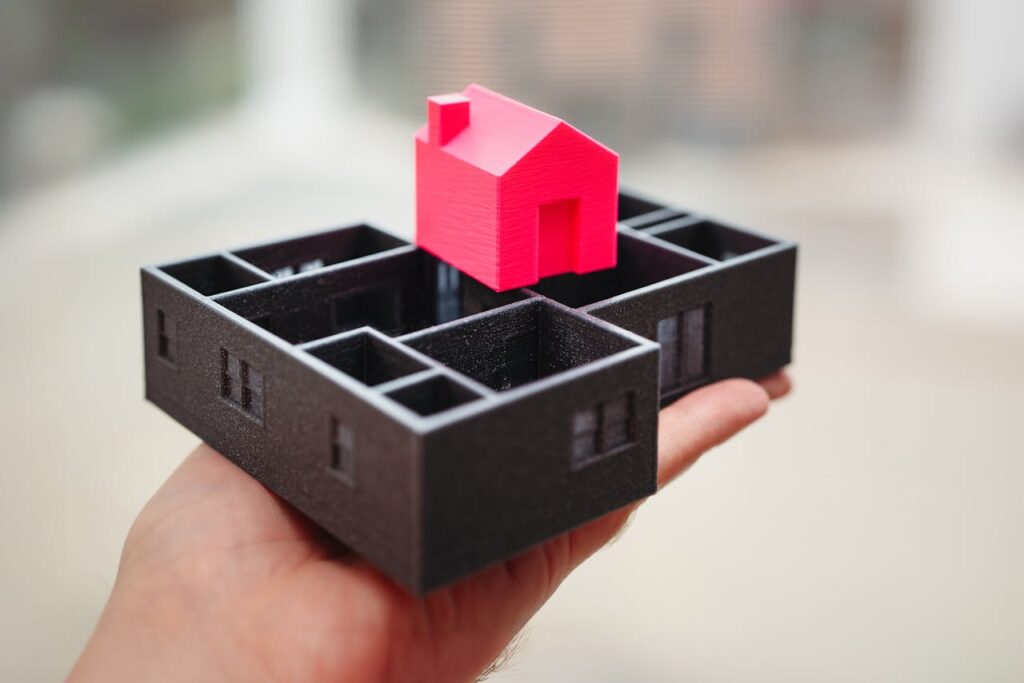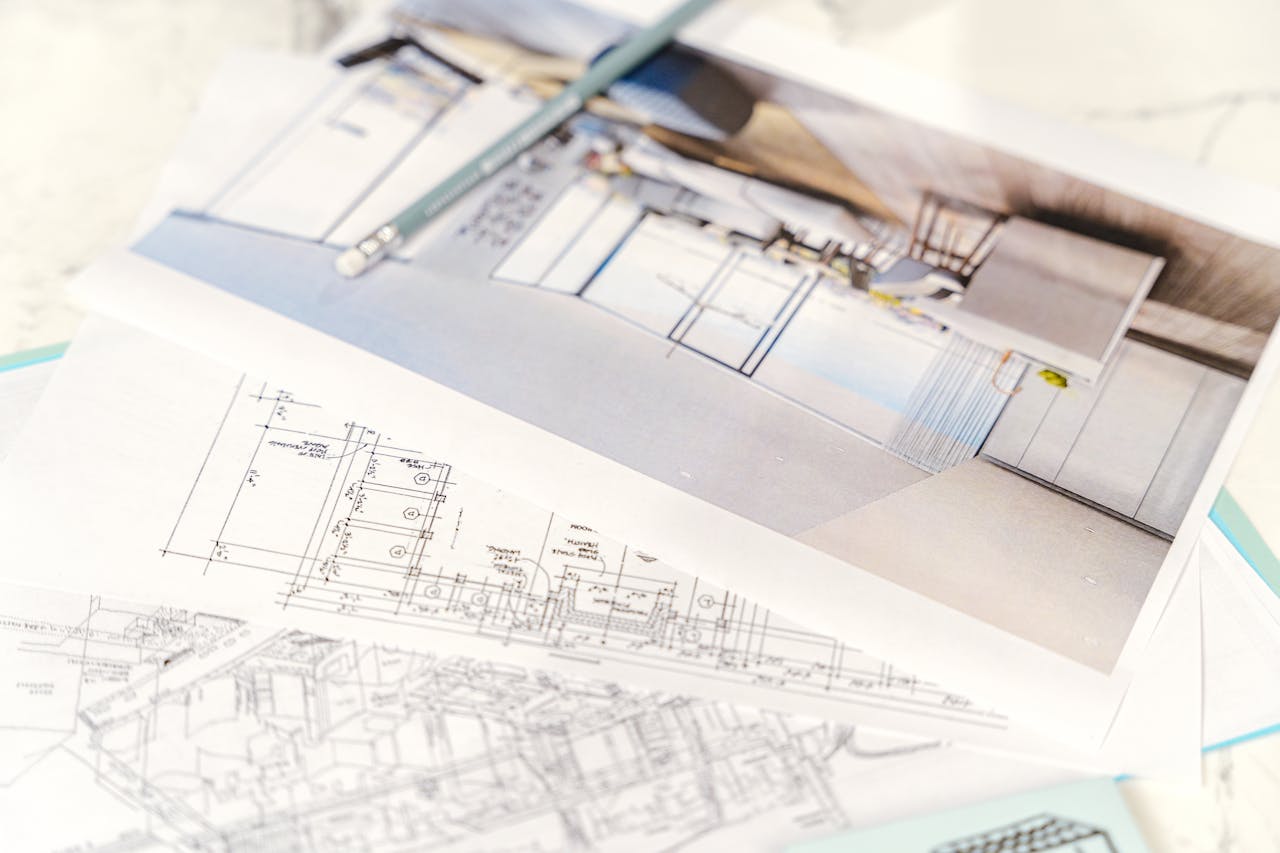3D Printing in Low-Cost Construction
It is clear that with the introduction of the 3D printing technology, the construction industry has not been left out.
This technology could also bring higher efficiency, lower cost, and significant effect on sustainability in construction promoting the use of 3D printing.
This blog post is dedicated on how 3D printing will redefined the future of low-cost construction, as well as the advantages and issues, with creative applications.
The Emergence of 3D Printing in Construction
Additive manufacturing or a more commonly known 3D printing is the process of creating objects with the use of digital models/frames.
Originally, this technology was used to print some parts, but now it reaches the construction of buildings.
3D-printed homes are relatively new, with the first one having been constructed in 2014, and advancement in the process has been very quick.
Some significant innovations we have witnessed are Gig printers that are capable of using concrete polymer and Recycled waste.
The governments, and private firms in different countries are looking for a solution to housing deficits and affordability, through 3D printing.
For example, in Developing Nations, this technology is being employed to make more efficient and cost effective homes than the traditional techniques.
Cost Efficiency: Building More for Less
Admired for functionality and quality, the most interesting aspect of 3D printing in construction is that it is not expensive.
The conventional construction practices involve high costs such as wages for work force, cost of building materials and cost of transport.
In contrast, 3D printing significantly reduces these costs by:
1. Minimizing Material Waste:
It has been mentioned that 3D printing is accurate and thus there are minimal wastages in comparison to traditional construction methods.
2. Lower Labor Costs:
Being an automated technology, 3D printing brought down the requirement of major labor teams, solving the problem of labor shortages and lessing the wages expense.
3. Faster Construction Times:
Work that used to be done in a month is now done in one week, be it designing, drawing or writing.
For instance, 3D printed house can be constructed in a single day thus, minimize time and expenses accounting for it.
These factors make 3D printing as the best solution for construction of affordable houses especially in areas of high economic challenge.

Sustainability: A Green Solution for the Future
Contemporaneous construction practice has been based on sustainability, and 3D printing was proved to enhance the sustainability aspect in construction.
This technology promotes sustainability through:
1. Use of Recycled Materials:
Most of the 3D printed structures hit on recycled polymers, industrial by-products or bio polymers and hence we do not rely so much on concrete, steel or aluminum among others.
2. Energy Efficiency:
In construction, the level of detail in 3D printing means less energy is used in the construction process and also over the lifespan of the building because of the efficiency in design.
3. Local Sourcing:
Printed at the site this minimize the transportation of material over a long distance hence less carbon emissions.
3D construction printing can benefit from sustainable methods and at the same time help construct affordable buildings without harming the environment.
Transforming Housing and Disaster Relief
Currently, the global housing shortage remains one of the biggest promises of 3D printing in constructions.
With the UN estimating that a billion six hundred million people have no proper shelter currently, 3D Printing provides a sustainable, affordable answer.
1. Affordable Housing Projects:
Other companies such as ICON and New Story have for instance built low cost 3d printed houses in Mexico and the United States.
These homes are not only cheap but also fit the region’s requirement, and are built to withstand various climatic challenges.
2. Disaster Relief Shelters:
Recovery after catastrophes requires efficiency since a heartfelt humane is a priority faster than relying on conventional construction, 3D printers can produce quickly well-built shelters for the affected population.
For instance, through 3D printing, urgently needed shelters have been provided to areas may experience earthquake since they are strong and safe.
Democratising construction is one way in which 3D printing has the capacity of making the lives of millions of people across the world living in measly shelters better.
Challenges and the Road Ahead
3D printing technology has a high potential, however; it has certain issues with it.
The technology encounters several obstacles that must be overcome to realize its full potential:
1. High Initial Investment:
The problem with obtaining commercial-scale 3D printers that are ideal for construction is that they are costly.
Further, constant expenditure on maintenance is relatively burdensome; this is especially so to small construction firms.
2. Regulatory Barriers:
Theoretically, construction codes and ordinances go out of sync with the technological development making it hard for 3D printed construction to go smoothly.
3. Material Limitations:
There is an increasing trend in printable materials that can be used in applications, but there are limitation in terms of strength, durability, and adaptability to environmental conditions of the country.
4. Skill Gap:
Running 3D printers and working with digital models are new technologies that require specific knowledge so that training and education become necessary expenses.
Nevertheless, there is much hope for the development of 3D printing in construction throughout the world.
Technologies including multi-material printing, improved software compatibility, and cooperation between companies-producers and governmental institutions direct the theme into a wider acceptance.
Conclusion
It is now time for construction industry to harness this technology as 3D printing is here and now.
Hence when implemented this technology can provide solutions to such global challenges as housing deficit as well as disaster management since its solutions are cost effective, green and easily scalable.
Although there are many barriers today, progress and development in the 3D printing concept will soon bring affordable and quality construction to everyone.
Gradually the technology is not only defining structures but also defining the future of the communities across the globe.
The next decade is expected to be a revolutionary period for construction with the help of the virtually unlimited 3D printing opportunity.
Also read: Natural Building Materials for Sustainable Architecture


Howdy very nice web site!! Man .. Excellent .. Superb .. I’ll bookmark your site and take the feeds also…I am satisfied to find so many helpful information right here in the post, we want work out more techniques in this regard, thank you for sharing. . . . . .
Thank you so much.